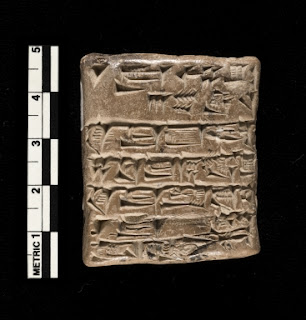The Process
Boil
Add one gallon of tap water to a pot and bring to a boil. Using a lid will help it reach a boil faster. Add the malt extract to the boiling water and mix with a steel whisk to prevent clumping. This mixture is called a wort. Once the malt is dissolved make your first hop addition. The wort will boil for one hour after the first hop addition.
Cooling
After removing the wort from the heat, you must keep the lid on it. Cooling the wort as fast as possible will prevent infection. You can do this by running an ice bath in your sink or bathtub. Just keep the lid on it and let it be for about an hour. One trick I have used before is to pour salt on your ice. This will melt the ice and make the water even colder. While the wort is cooling you can make up your Starsan solution and begin sanitizing your fermentation vessel and air lock.
Sanitize, Sanitize, Sanitize!
Sanitize a thermometer and check to see if your wort is cooled. It should be cooled to about 70 degrees Fahrenheit before moving to the next step. Once the wort is close to room temperature, or you are sick of waiting, sanitize the outside of the pot. I do this to prevent any water from the water bath getting into the fermentation vessel. Using a spray bottle with sanitizer can be handy in this situation. Don’t forget the bottom of the pot.
Aerate
Pour the wort into the fermentation vessel. Then back to the pot. Do this a few times to introduce oxygen back into the wort. When water is boiled, the dissolved oxygen is driven out. The yeast needs oxygen to reproduce. Once the yeast uses up all the oxygen, they will begin fermenting sugars in the wort to make beer.
Ferment
Rehydrate the yeast per package instructions and pitch it in your fermentation vessel that is holding the wort. Put the lid on the fermenter with the air lock. Add some sanitizing solution to the air lock. Put the fermentation vessel in a dark, cool, and quiet place away from light, pets, and kids. After about 24 hours the airlock should start bubbling and there should be obvious signs of fermentation.
.jpeg)
.jpeg)
.jpeg)



%20copy.jpeg)
.jpeg)
.jpeg)
.jpeg)




.jpeg)